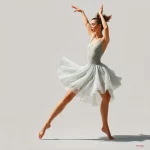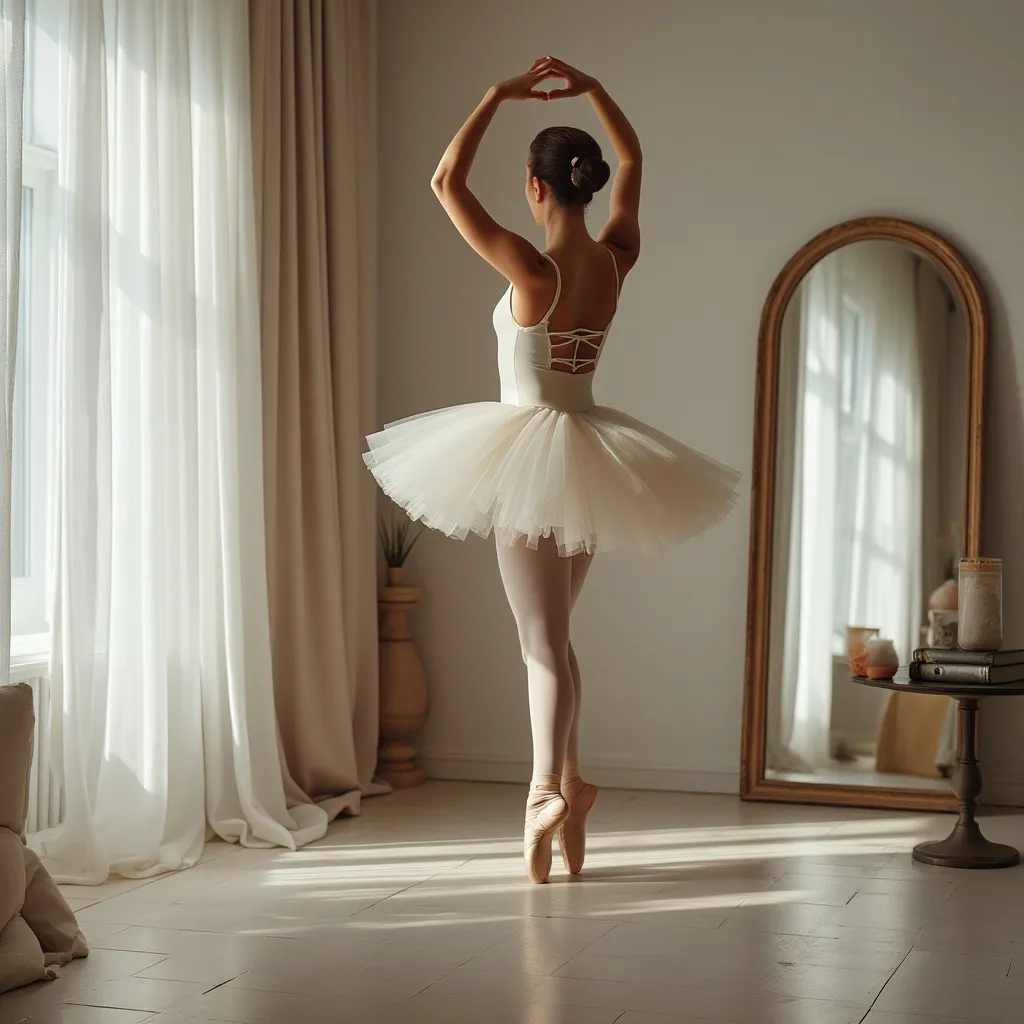Variation Classes: Preparing for Solo Performances

Introduction
Solo performances are a pinnacle of artistic expression, requiring a blend of technical skill, emotional depth, and stage presence. Whether you’re a dancer, musician, or actor, preparing for a solo performance can be both exhilarating and daunting. One effective way to prepare is through variation classes, which offer specialized training to hone your craft. This article delves into the concept of variation classes, their benefits, and how they can help you prepare for solo performances.
What Are Variation Classes?
Variation classes are specialized training sessions focused on perfecting a specific piece or “variation” of a performance. These classes are common in disciplines like ballet, where dancers work on solo variations from classical ballets, but the concept can be applied to any performing art. The primary goal is to refine technique, build confidence, and develop a deeper understanding of the piece being performed.
Types of Variation Classes
- Ballet Variations: Focus on solo pieces from classical ballets like “Swan Lake” or “The Nutcracker.”
- Musical Variations: Concentrate on solo pieces from a musical repertoire, such as a challenging piano sonata or a violin concerto.
- Acting Monologues: Specialize in delivering powerful monologues from plays or films.
- Vocal Solos: Focus on solo singing pieces, whether from opera, musical theater, or contemporary music.
Benefits of Variation Classes
Variation classes offer numerous benefits that can significantly enhance your solo performance. Here are some key advantages:
Technical Mastery
One of the primary benefits of variation classes is the opportunity to achieve technical mastery. These classes allow you to focus on the intricate details of your performance, from precise movements to perfect pitch. The repetitive nature of these classes helps in muscle memory development, ensuring that your performance is technically flawless.
Personalized Feedback
Variation classes often involve one-on-one instruction or small group settings, providing personalized feedback that is crucial for improvement. Instructors can identify your strengths and weaknesses, offering targeted advice to help you excel. This individualized attention is invaluable for refining your technique and enhancing your overall performance.
Building Confidence
Performing solo can be intimidating, but variation classes help build the confidence needed to take the stage. By repeatedly practicing your piece in a supportive environment, you become more comfortable and self-assured. This confidence translates to a more compelling and engaging performance.
Emotional Connection
Variation classes also focus on the emotional aspects of performance. Instructors guide you in understanding the story behind the piece, helping you connect emotionally with the material. This emotional depth adds layers to your performance, making it more impactful and memorable for the audience.
Preparing for Variation Classes
To make the most of your variation classes, it’s essential to come prepared. Here are some tips to help you get ready:
Choose the Right Piece
Select a piece that challenges you but is also within your skill level. The right piece will push you to improve while still being achievable. Consult with your instructor to choose a variation that aligns with your goals and abilities.
Set Clear Goals
Before starting your variation classes, set clear, achievable goals. Whether it’s mastering a specific technique or building stage presence, having defined objectives will keep you focused and motivated.
Practice Regularly
Consistency is key to improvement. Make sure to practice regularly outside of your variation classes. This additional practice will reinforce what you’ve learned and help you progress more quickly.
Stay Open to Feedback
Constructive criticism is essential for growth. Stay open to feedback from your instructor and peers, and use it to make necessary adjustments. Remember, the goal is to improve, not to be perfect from the start.
Common Challenges and How to Overcome Them
While variation classes offer numerous benefits, they also come with their own set of challenges. Here are some common obstacles and tips on how to overcome them:
Plateaus in Progress
It’s common to hit a plateau where it feels like you’re not making any progress. When this happens, try to change your practice routine or focus on different aspects of your performance. Sometimes, a fresh perspective can reignite your motivation and help you break through the plateau.
Performance Anxiety
Feeling anxious about performing solo is natural. To combat this, practice mindfulness techniques such as deep breathing or visualization. Additionally, performing in front of a small, supportive audience can help you get used to being on stage.
Physical Strain
Intense practice can lead to physical strain or injury. Make sure to warm up properly before each session and listen to your body. If you experience pain, take a break and consult a medical professional if necessary.
FAQ
What should I wear to variation classes?
Wear comfortable, form-fitting clothing that allows for a full range of motion. For dancers, this typically means leotards and tights. Musicians and actors should wear attire that is both comfortable and appropriate for movement.
How long does it take to see improvement?
The time it takes to see improvement varies from person to person. Consistent practice and dedication are key. Some may see progress within a few weeks, while others may take several months. The important thing is to stay committed and patient.
Can I take variation classes online?
Yes, many instructors offer online variation classes. While in-person classes provide the benefit of immediate feedback and physical adjustments, online classes can be a convenient and effective alternative, especially if you have a busy schedule or limited access to local instructors.
How do I choose the right instructor?
Look for an instructor with experience and expertise in your specific area of performance. Read reviews, ask for recommendations, and, if possible, attend a trial class to see if their teaching style aligns with your learning preferences.
What if I don’t have access to a variation class in my area?
If local variation classes are not available, consider online options or private lessons. You can also use instructional videos and practice on your own, although having a qualified instructor is highly recommended for personalized feedback and guidance.
Conclusion
Variation classes are an invaluable tool for anyone preparing for a solo performance. They offer a structured environment to refine your technique, build confidence, and connect emotionally with your piece. By choosing the right piece, setting clear goals, and staying open to feedback, you can make the most of these specialized classes. While challenges may arise, the benefits far outweigh the obstacles, making variation classes a worthwhile investment in your artistic journey.
Whether you’re a dancer perfecting a ballet solo, a musician mastering a challenging piece, or an actor delivering a powerful monologue, variation classes can help you elevate your performance to new heights. So take the plunge, commit to your craft, and watch as your solo performances become more polished, compelling, and unforgettable.


